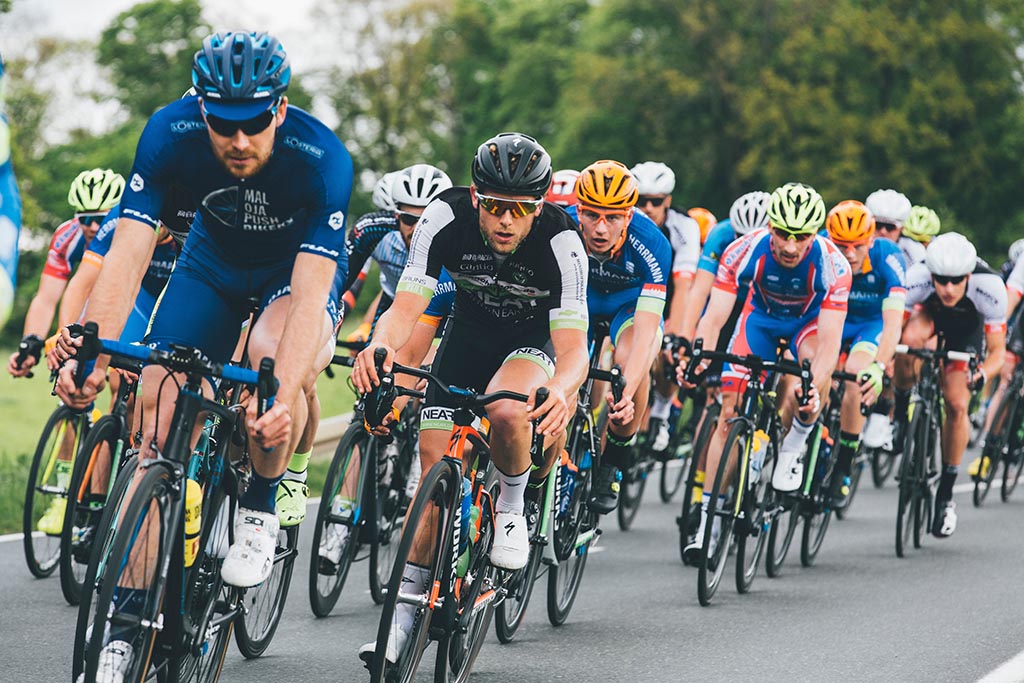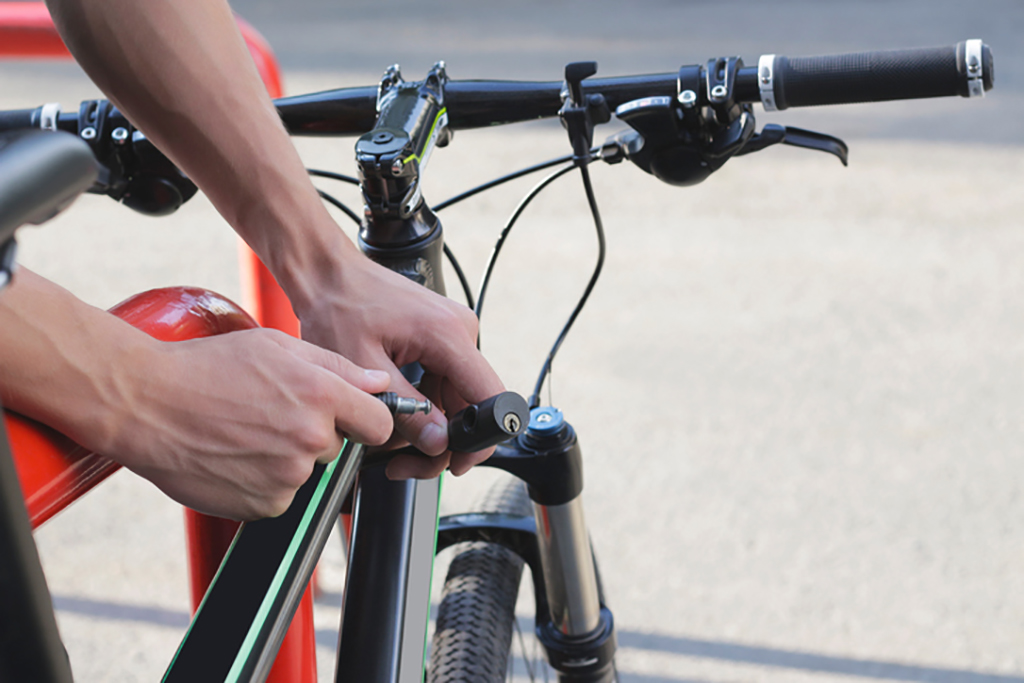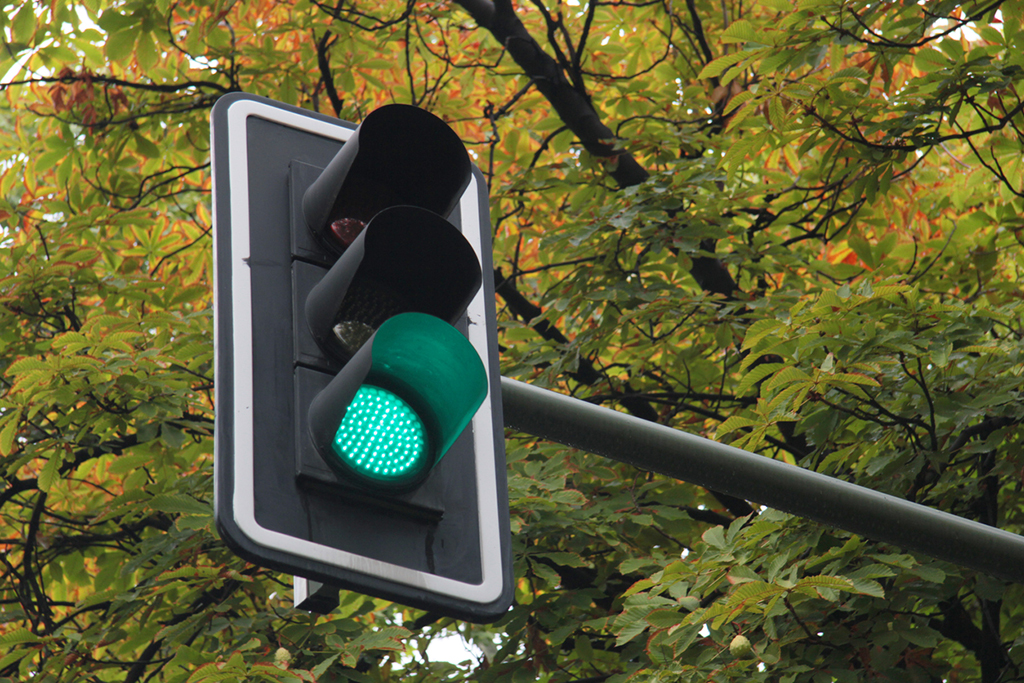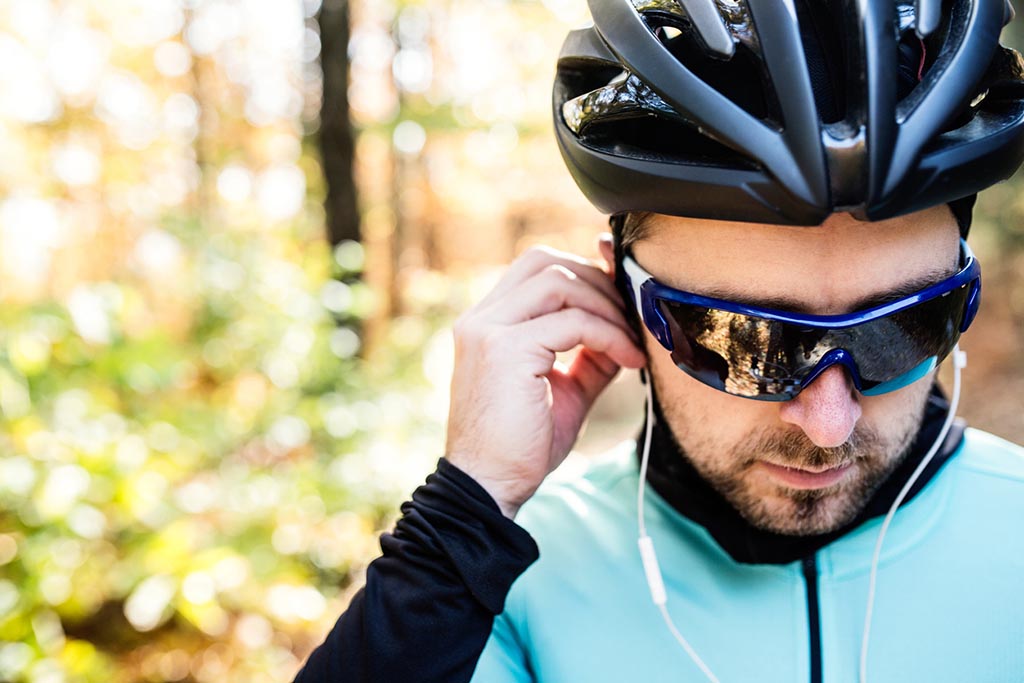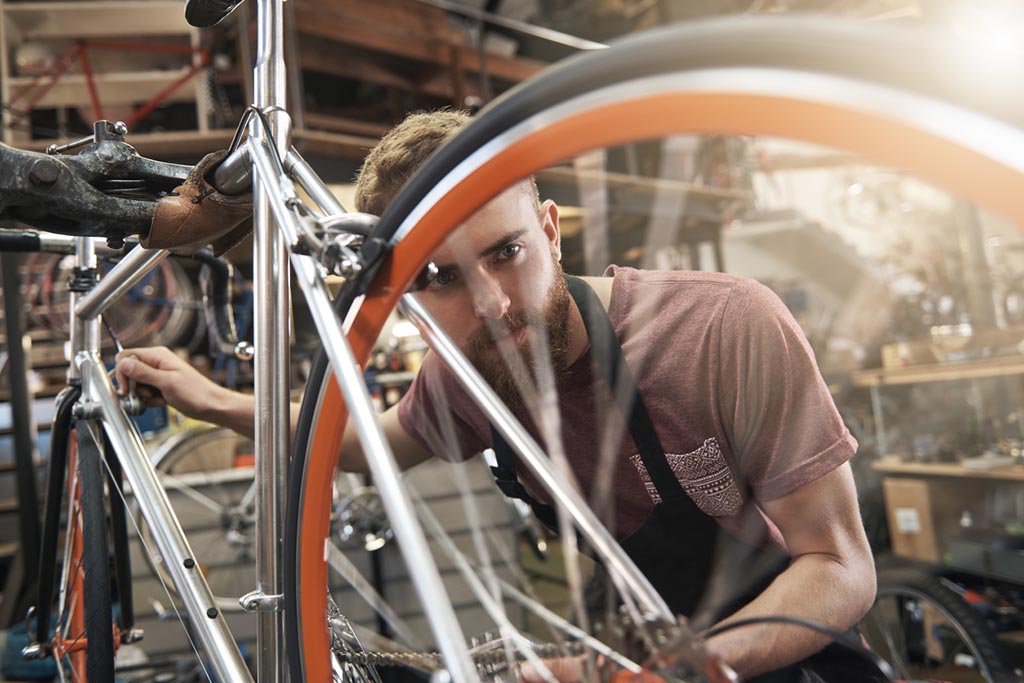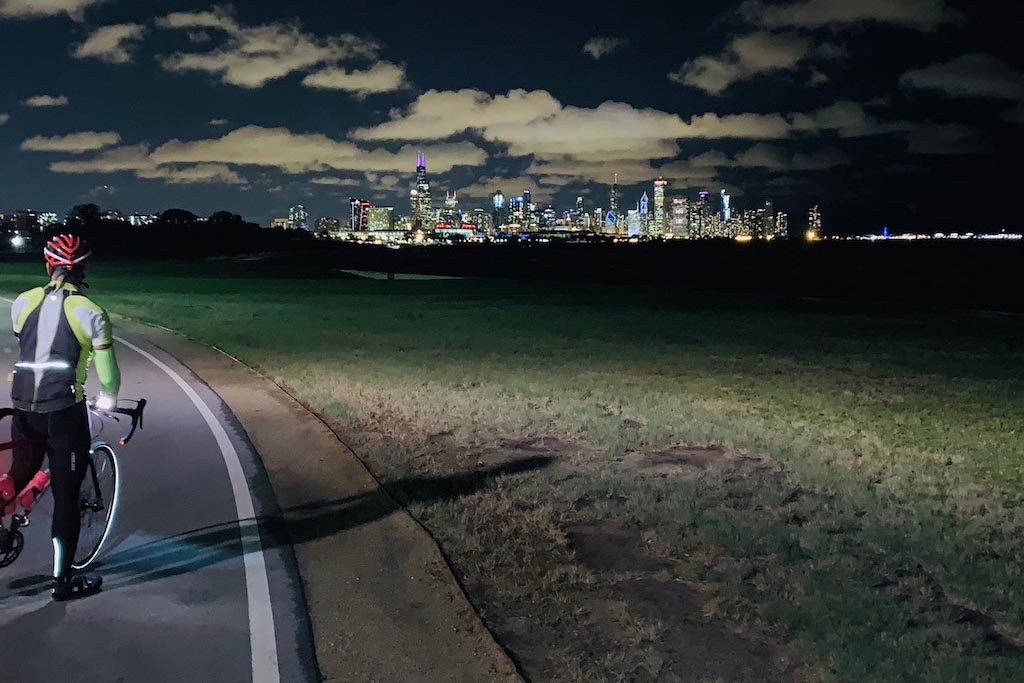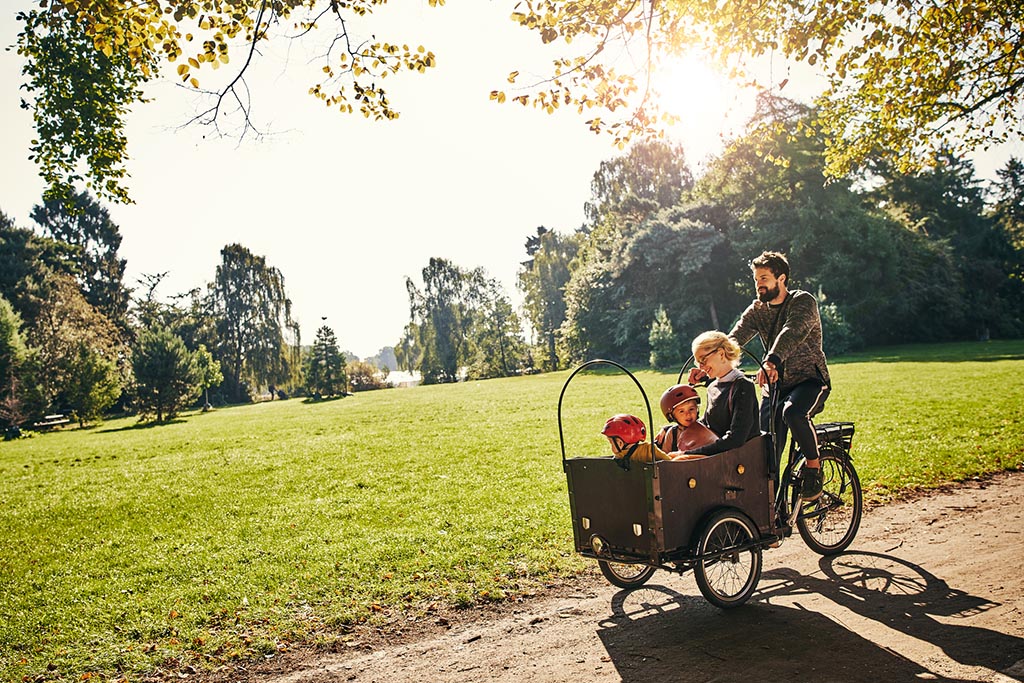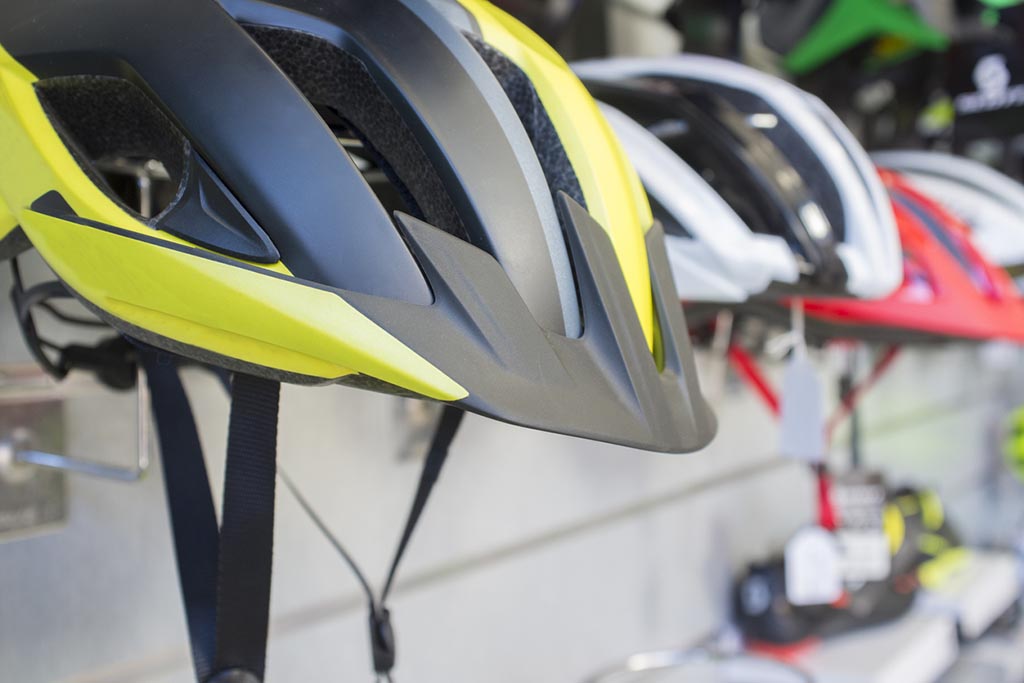When it comes to road cycling, typically riders are pretty knowledgeable about the rules. It is the drivers that tend to be less knowledgeable. However, while riding solo is pretty intuitive, riding in a group can be a much different experience. Many solo riders who group up for the first time find this out the hard way. So for the solo cyclist getting ready for their first group ride, here are some tips.
- Call Out Cars – When riding as a group, there are a few blind spots. The bikes up front often aren’t aware of cars in the rear while the riders in front have first sight in cars up front. Good front and rear guards will call out cars with “car up” or “car down” respectively so the cyclists can tighten up the group structure.
- Ride Two by Two or Single – When you are in a cycling group, you may feel a bit safer riding three deep because it feels like you actually have a presence on the road. However, if you start taking up an entire lane going at bicycle speed, don’t be surprised if you get some honks. Typically, you want to ride two deep so the car feels like it can pass you, but will still pass you properly by going into the other lane for safety.
- Leave Car Spaces on Uphills – If you are going uphill, around a curve, or on a narrow road, spread your group so there is a car’s length space between each biker. This allows cars to pass safely in between without trying to bypass the whole group at once.
It may seem like riding in a group is safer, but no amount of cyclists will make it safe if drivers don’t know how to deal with them. If you have been in a cycling accident with a car, contact us today.
